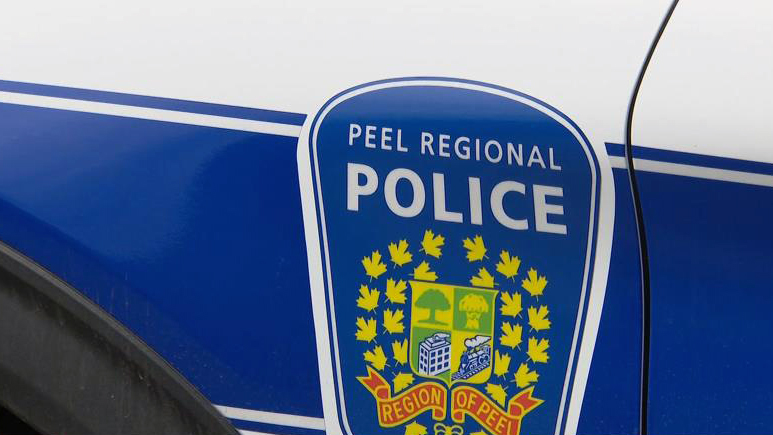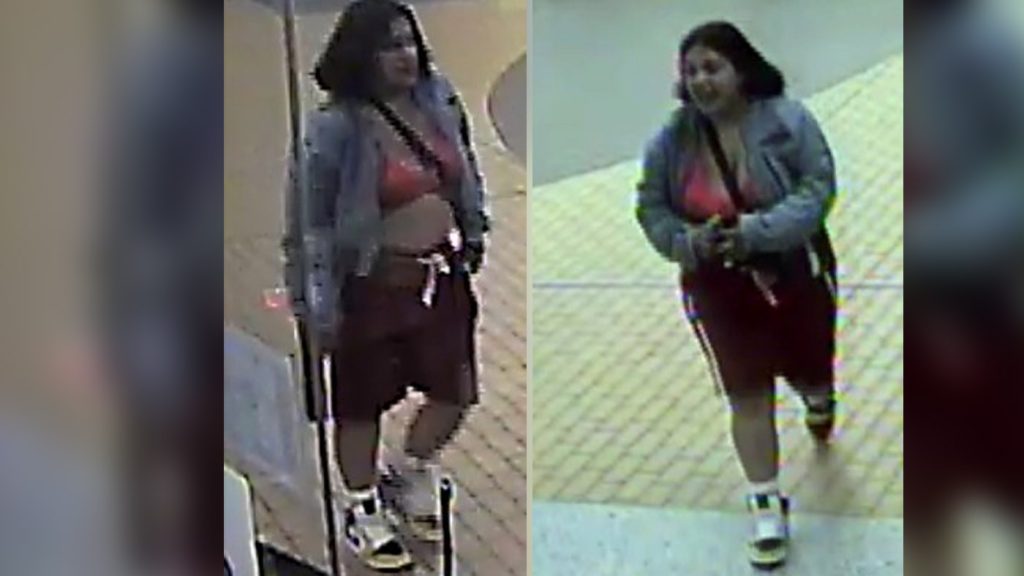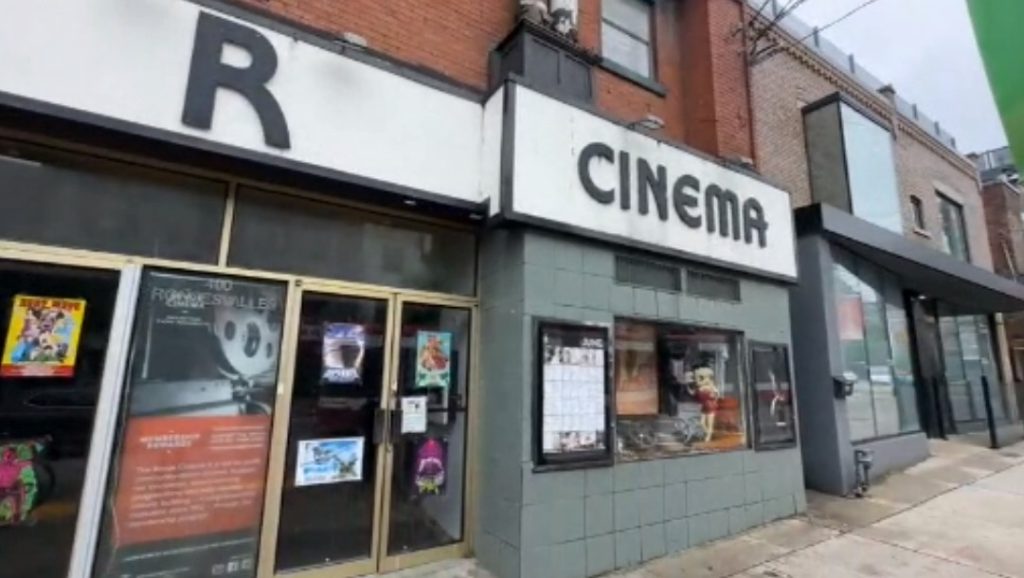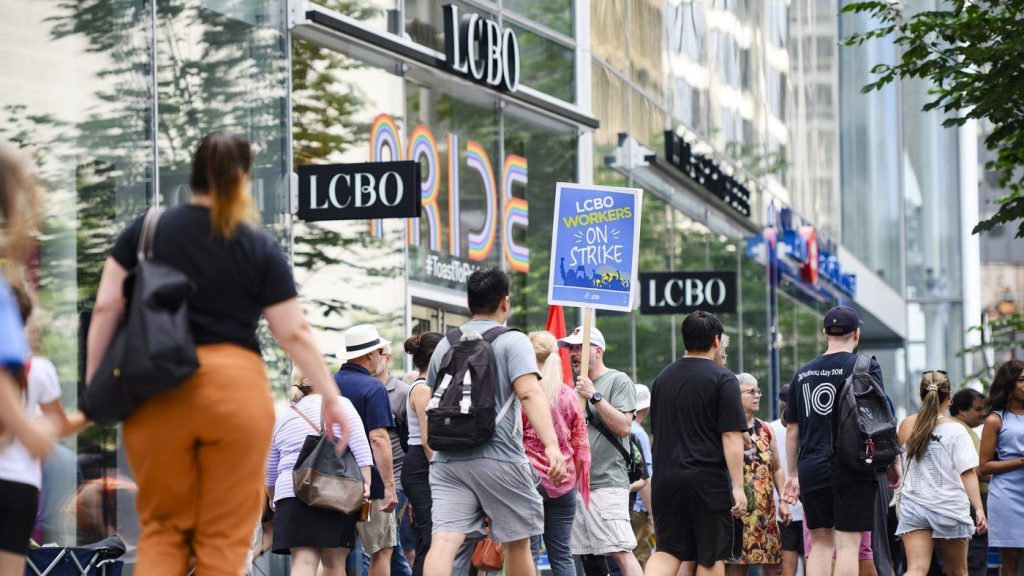How Do The Mayoral Candidates Commute?
Posted October 8, 2010 10:28 am.
This article is more than 5 years old.
The four main contenders left in the mayoral race are all promising to make your commute easier, whether you’re a driver caught in the daily drudge of gridlock, a cyclist concerned about your safety on the streets or a public transit customer tired of multiple transfers and crowded trains, streetcars and buses.
We asked the mayoral hopefuls some questions about how they get around every day.
Here’s what they had to say:
| Rob Ford |
Main mode of transportation: Chevy Uplander
“It’s basically sort of a family van, I call it. I have two kids so it’s really handy. I just use my car.”
Routes he regularly takes to City Hall: Scarlett Road to St. Clair, or Dundas. Ford sometimes takes the Queensway across to downtown.
“Dundas is probably the best for me until I get downtown and then it’s just a bottleneck. Everything just backs up because of the streetcars.”
Problems or positive things you experience on your daily commute?
“St. Clair, I try to stay away from it now because it’s been reduced down to one lane of traffic with the right-of-way.”
Do you ride transit outside of the downtown core?
“A couple of weeks ago we took a tour of the whole TTC route, [from] the very top way out in Etobicoke, right downtown and all the way out to Scarborough and back across again over down to Downsview.”
“Three or four times a year I’ll take the TTC,” he said, noting if he ever wants to take the football team he coaches at Don Bosco Secondary to a university or Argos game they’ll meet at the school, take the bus down to the subway and take the train to a game.
Do you cycle for recreation and/or commuting?
“No.”
His transportation plan, briefly: Reduce number of streetcars to improve traffic flow; 12km of new subway track and up to 10 new stations along Sheppard between Downsview and Scarborough Town Centre; put more clean buses on roads; Smart Card transit payment plan; no road tolls; synchronize traffic signals to improve flow; clear up road construction backlog; simplify parking rules; create new on-road bike lanes only where community demands; 100km of off-road bike paths along hydro and rail corridors, ravines and valleys.
Read Ford’s plan for transportation here (.pdf).
| Joe Pantalone |
Main mode of transportation: During the campaign, a Smart car.
“It’s environmental and compact, just like me.”
Routes he regularly takes: From his home in Little Italy, he usually takes Harbord Street, up through the University of Toronto to Bloor Street and then across to his campaign office at Bloor and Sherbourne.
Problems or positive things you experience on your daily commute?
“Delivery trucks … that block the bike lanes, that’s clearly a problem that I’ve witnessed many times.”
“Generally, traffic flows. Torontonians may be stressed because we’re a fast-moving society, but generally people are very civil.”
Do you ride transit outside of the downtown core?
Under normal circumstances, when he’s not campaigning, Pantalone said he rides the TTC three or four times a week.
“I will usually take the streetcars, either on College or Dundas, to get to City Hall.”
When traveling to the “inner suburbs” he tends to take the subway, he said.
“If it’s out of the subway, it’s really very difficult and it’s unlikely that I will take transit.”
Do you cycle for recreation and/or commuting?
“It’s one of those poor immigrant stories,” he said, explaining his parents moved the family to Canada from Italy when he was 13 – a time when he was barely getting the hang of riding a bike. Once they settled here, his folks didn’t have the money to buy him a two-wheeler.
“That was the end of my bicycle-learning career.”
He said if he’s elected mayor he’ll enlist Yvonne Bambrick of the Toronto Cyclists Union to teach him how to ride a bike.
His transportation plan, briefly: Supports Transit City plan – replacing buses with 120km of European-style light rail lines – which is backed by the province and Metrolinx; supports bike lanes, and bikes and vehicles sharing the streets.
Read Pantalone’s plan for transportation here.
| Rocco Rossi |
Main modes of transportation: Feet, minivan, subway.
Rossi said he sometimes takes his bike to the office.
Routes he regularly takes: Avenue Road, south of St. Clair.
“My office is a 20 minute walk from home and so I often just walk down Avenue Road from home. Other events, just because we’re carrying signs and literature and the rest, I’m in a minivan. And then, for most meetings downtown we just take the subway.”
Problems or positive things you experience on your daily commute?
“The road conditions on Avenue Road (both directions south of Davisville to above Dupont) have been abysmal. First off, the dividers went up days before any construction was underway. It was almost as if they were training us for gridlock for a few days.”
“There wasn’t really good notice and a sense of when does it all end.”
Do you ride transit outside of the downtown core?
“My parents live out in Scarborough so I often go out there on the TTC out to Warden station.”
“I don’t do the buses out there on a regular basis.”
He said he doesn’t mind long walks and will head to a destination, like a relative’s house, on foot from Warden station.
Rossi said he took the TTC to a debate last month at York University.
Do you cycle for recreation and/or commuting?
“For the four-and-a-half years I was CEO of the Heart and Stroke Foundation of Ontario I lived either a 30-minute walk or a 10-minute bike ride [from work], so I did one or the other for four-and-a-half years.”
His transportation plan, briefly: Transit City Plus plan calls for 2km of new subway and a new station every year over 10 years; Presto transit payment system; TTC board comprised of experts and citizens, not politicians; remove Jarvis bike lanes; implement separated bike lane network; the Toronto tunnel, linking the Allen to the Gardiner; improve signaling for traffic flow; won’t touch the Gardiner.
Read Rossi’s plan for transportation here.
| George Smitherman |
Main modes of transportation: “My getting to work everyday in this order would be foot, taxi, transit.”
Routes he regularly takes: “My commute is relatively modest, so that’s easy, but campaigning obviously takes us to all corners of the city.”
Problems or positive things you experience on your daily commute?
“Obviously the limitations of Toronto’s transit system come into play regularly. I use the full expanse of the subway and Scarborough RT. Streetcars, occasionally, but many parts in the city prove impractical in a campaign context, prove impractical to reach via transit.”
He was, jokingly, reluctant to share his go-to routes when traveling by car, and he knows of what he speaks — he once worked delivering pizzas and “spent lots of time behind the wheel when time was of the essence.”
“I would say that being a lifelong Torontonian has given me some insight into some routes that work better than others, but I don’t tell anyone about them because I don’t want the competition on them.”
Do you ride transit outside of the downtown core?
“Subways, very frequently. Streetcars, often and buses, infrequently.”
“I have a Metropass. I’m inclined to jump on transit whenever it’s practical.”
Do you cycle for recreation and/or commuting?
“I’ve done lots and lots of recreational cycling but I’m not a commuter cyclist.”
His transportation plan, briefly: Promises clean, well-maintained cars, buses and stations, polite service; free TTC for seniors 10am-2pm weekdays; smart card transit payment system; subway to York U. by 2015; eventually extend Scarborough LRT past U of T Scarborough and Centennial College; Waterfront LRT from Queen’s Quay to Portlands; rail link from Union to Pearson; start tunneling for Eglinton LRT to Weston Road.
Read Smitherman’s plan for transportation here.
A blast from the past…
City Of Toronto Archives, Series 71, Item 3540 (Slight Crop), November 22, 1924








